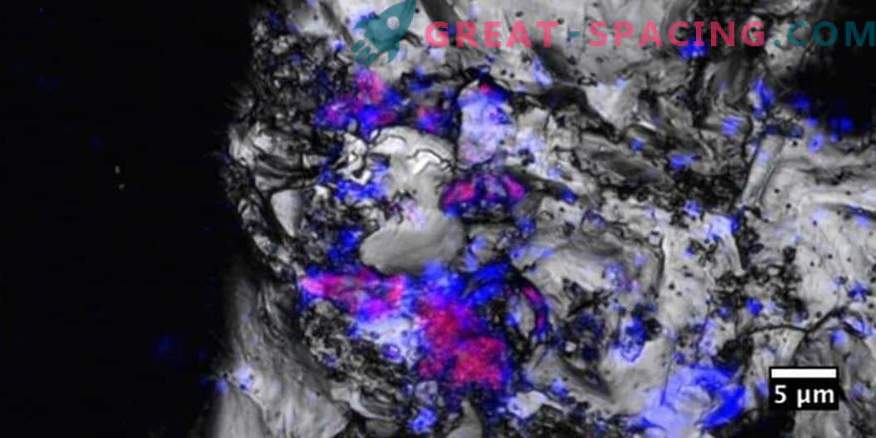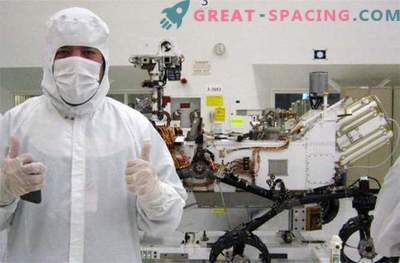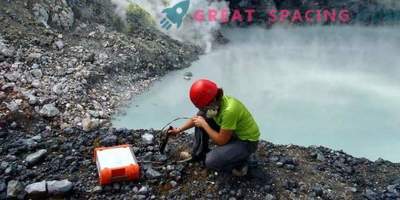
Microscopic view of cyanobacteria growing on a fragment of rock
Life on Earth can take bizarre forms, which will affect the search for life outside of this planet. One recent study focused on cyanobacteria - a class of microbes that turns sunlight into sugar and lives deep beneath the surface. Because of their tinyness, they are not often remembered, and in fact we are obliged to them for transforming the Earth from an inhospitable stone into a green and growing world filled with oxygen.
Cyanobacteria 2.7 billion years ago used water and carbon dioxide to produce oxygen and sugar. Some species are even able to transform nitrogen, which constitutes a large part of our atmosphere, into biologically useful ammonia. All of this is based on bacteria that receive enough sunlight for photosynthesis. It seems that looking for them under the surface is a completely ridiculous idea. However, scientists were able to detect cyanobacteria living at a depth of 600 m underground in southwestern Spain.
If the researchers are right, then some cyanobacteria were unable to collect enough sunlight to carry out photosynthesis and decided to feed themselves with hydrogen. This serious transition from photosynthesis to a chemical existence is intriguing, because Mars seems to be a dry and frosty desert that can flourish in the past. But, if terrestrial cyanobacteria managed to find a spot under the surface and even learned to survive in other ways, then is there an option for hypothetical Martian cyanobacteria? This is an amazing and exciting idea that previously ignored a particular type of bacteria, as they are dependent on sunlight. But this is a wonderful example of organisms that started life on earth and then moved to lower levels. And this is not the first time cyanobacteria are caught in strange behavior. Another group of scientists discovered that some of them were able to carry out photosynthesis using only infrared light that went beyond the limits of the visible spectrum. All these discoveries significantly expand the range of the search for life on other planets, because even on Earth there are microbes in extreme conditions.











































